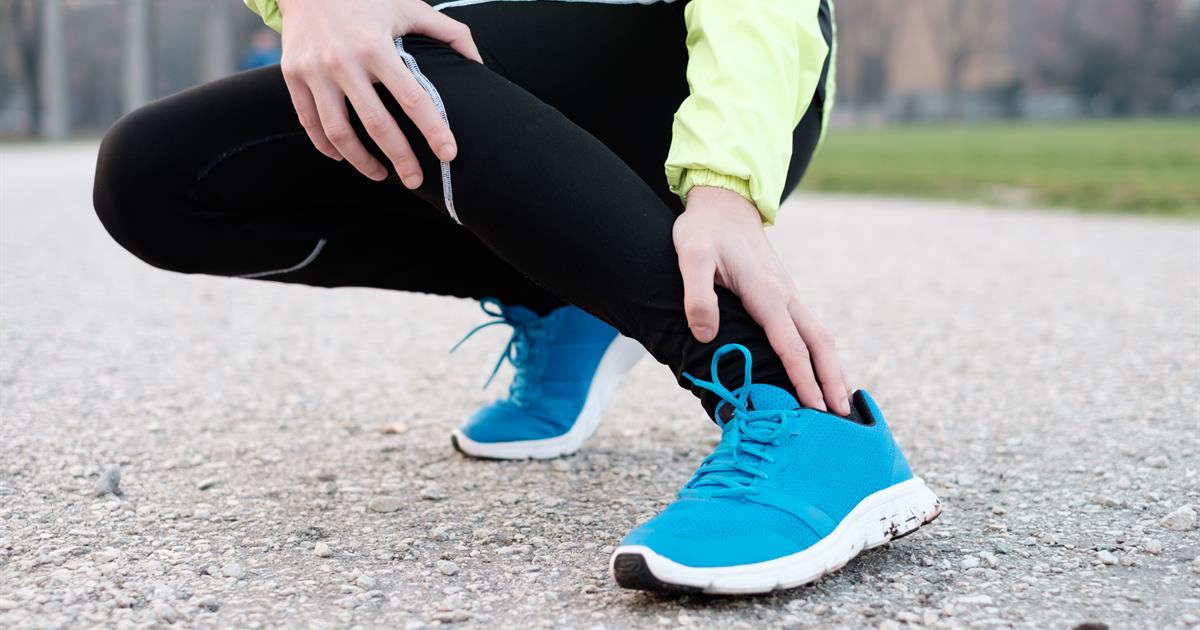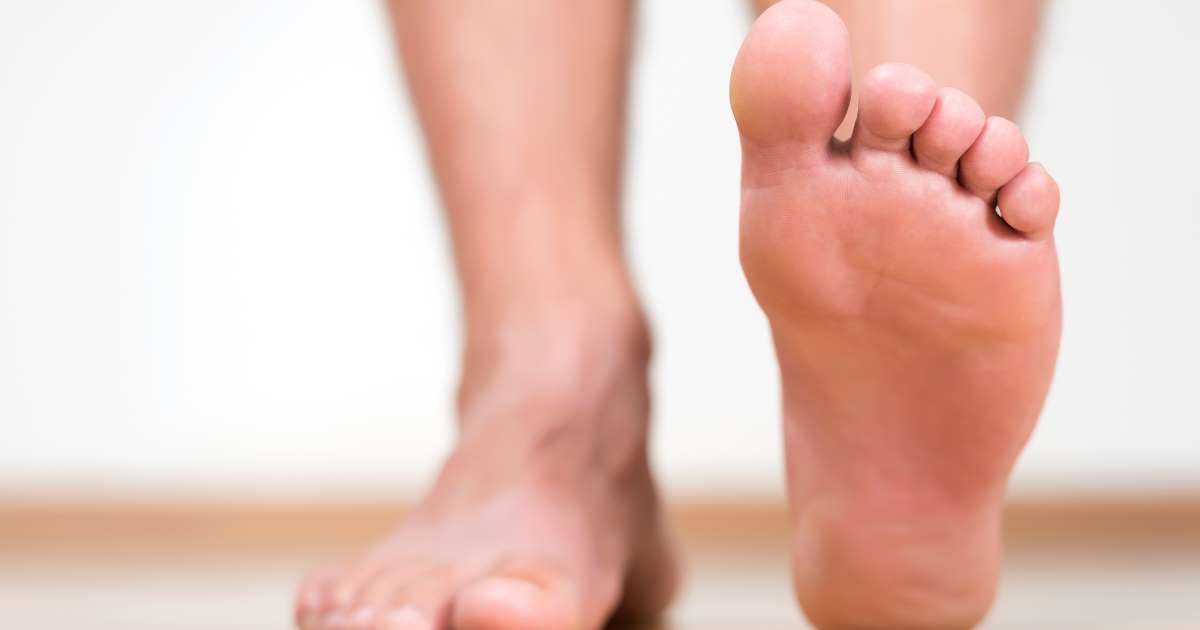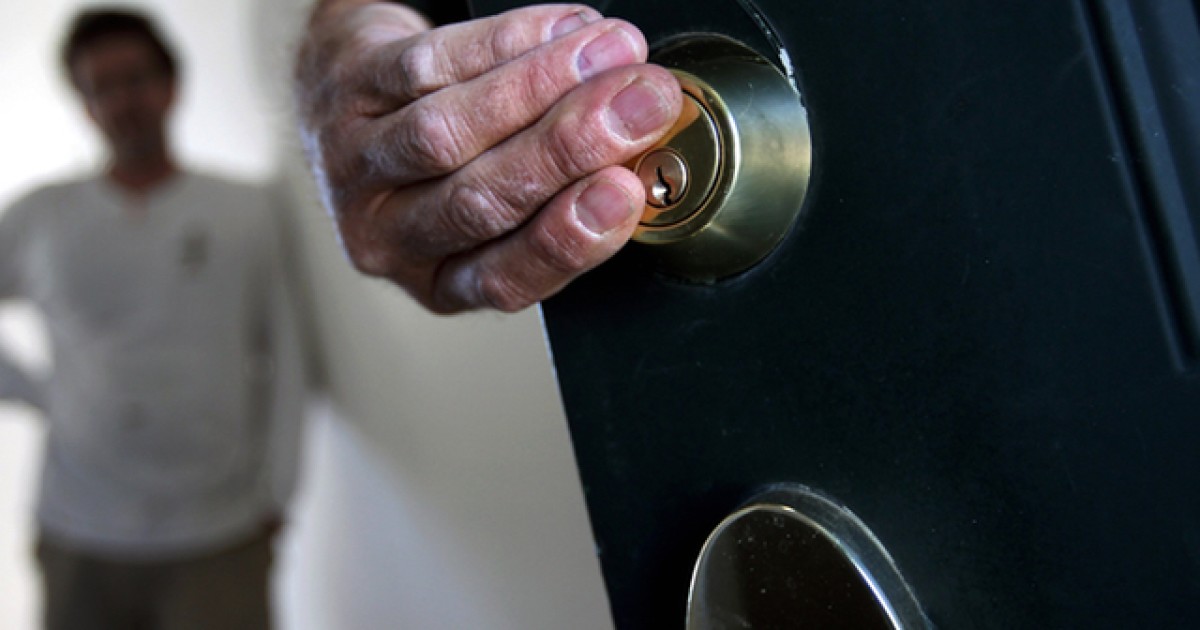What Causes Blood Blisters?
A standard blister that appears on the skin is usually filled with a white-yellow liquid (pus). However, blisters can be filled with many different types of fluids that include serum, plasma, and even blood. A blood blister is any kind of raised skin with blood underneath it. Even though these blisters have an odd appearance to them that makes it seem like they are harmful, blood blisters don't usually cause health complications and should disappear completely within several weeks, which is true even if they don't obtain treatment for the blister. These blisters vary in size and are filled with a mixture of blood from a ruptured blood vessel and clear liquid. When individuals are affected by one of these blisters, the color of the blister can be reddish, purplish, or even black. In most cases, they will start out with a bright red before becoming darker over time. These blisters can appear in areas of the body where high amounts of pressure are placed, including the feet, hands, mouth, and certain bony areas.
Learn about the major causes of blood blisters now.
Wearing Ill-Fitting Shoes

Blood blisters occur because the skin is pinched or heavily impacted without breaking, which means blood pools to the surface without having anywhere to go. Among the most common ways for blood blisters to occur is by wearing ill-fitting shoes. The shoes individuals wear should never be tight around any part of the foot. Their feet should be able to slip into the shoes without issue or struggle. While individuals might want to purchase a pair of shoes because they think they will look good but don't necessarily feel good, it's important to understand just how damaging this can be to the health of their feet. Along with blood blisters, wearing ill-fitting shoes can increase the amount of pain experienced in the feet while also causing such foot deformities as neuropathy. Peripheral neuropathy is considered an irreversible problem that can make it feel as though there are pressure points in an individual's feet that cause pain every time they walk or play sports. If the shoes individuals are wearing are too tight and place consistent pressure on their skin, a blood blister may develop because of how the shoes rub against the skin.
Get more information about the causes of blood blisters now.
Playing Sports For Long Periods

Since a high amount of pressure placed on one area of the body is known to cause blood blisters, it's clear playing sports for long periods can create such blisters. If individuals participate in such sports as soccer, running, or even dancing, they are at a heightened risk of suffering from a blood blister. If they're going to continue playing these sports, the best way to prevent these blisters from developing is by wearing socks and shoes that are breathable and fit well. Breathable materials will keep their feet from sweating, while well-fitted shoes will minimize the amount of pressure placed on their feet. While these changes won't eliminate the risk of being affected by a blood blister, they should substantially reduce the possibility.
Continue reading to reveal more factors that can result in blood blisters now.
Sweaty Feet Causing More Friction

If individuals run on a regular basis or play sports consistently, another issue they'll need to look out for is sweaty feet causing more friction against the shoe. As mentioned previously, individuals should make sure to wear socks made from breathable materials like merino wool. Cotton should be avoided if at all possible since this material causes feet to sweat more than most materials. Unfortunately, cotton is used as the main material for most socks, which means individuals might need to shop around for the right pair. Individuals could also think about applying some anti-antiperspirant deodorant to their feet to block their sweat glands for a short time. Antifungal powders also do well at keeping the feet dry. Whenever individuals are participating in an activity that might cause their feet to sweat, they should make sure to stay hydrated throughout. Drinking large amounts of water will reduce the possibility of sweating around the feet, which should lessen the chance of developing a blood blister.
Uncover more blood blister causes now.
Accidents That Pinch The Skin

Accidents that pinch the skin have a high chance of causing individuals to develop a blood blister. If the skin is pinched and not broken, it's likely blood will pool up into the blister created from the accident. These accidents can include everything from getting skin pinched in a hinge to having a door close on a finger or toe. Once an individual has suffered from such an accident, they'll likely experience a substantial amount of pain compared to some of the other causes of blood blisters. This pain should dissipate in a few hours. If it doesn't, patients might want to visit a doctor to make sure the area is healing properly and an infection doesn't develop. Some of the signs indicating a blood blister is getting worse include spreading redness, severe amounts of pain, and the location of the blister making it difficult to use one's hands or walk.
Learn more about what can result in blood blisters now.
Mouth Injuries

Among the most uncomfortable types of blood blisters are ones that occur in the mouth, which can be brought about by mouth injuries. Individuals who currently wear braces will have a higher chance of developing a blood blister. When the metal of an individual's braces rubs against the side of their mouth, it's possible the tissues could be damaged, which could create a blood blister. These injuries can also be created by eating jagged pieces of food or hard candy. Patients might also experience blood blisters if they wear dentures. In most cases, dentures shouldn't cause an injury in the mouth. However, poorly-fitted dentures might cause undue amounts of pressure and friction to portions of the mouth, which could lead to the creation of a blood blister.